Buy the photo Amsterdam Classic by Anthony Malefijt on canvas, ArtFrame, poster and wallpaper, printed on demand in high quality.
About "Amsterdam Classic"
by Anthony Malefijt
About the artwork
The first part of the Keizersgracht, between Brouwersgracht and (approximately) the current Leidsegracht, was dug in the summer of 1615 at the initiative of mayor Frans Hendricksz. Oetgens, city carpenter Hendrick Jacobsz Staets and city surveyor Lucas Jansz Sinck. The Keizersgracht was named after Maximilian I, Holy Roman Emperor.[1] It is the widest canal in the center of Amsterdam, namely one hundred Amsterdam feet, that is 28.31 metres (92.9 ft). The Keizersgracht was dug later than the Prinsengracht (which was dug in 1614), while the Keizersgracht is the second canal of the three main canals.
In September 1614 the idea was born to turn Keizersgracht into a chic boulevard without water, following the example of Lange Voorhout in The Hague. This was abandoned for a number of reasons: It was expected that the future buyers of lots on the Keizersgracht would want to be able to reach their home or warehouse by boat. Other considerations may have been the need for water storage, the easier supply of building and raising material, but especially the shortage of infill material. The construction of the fortifications at the same time also required a lot of infill material.
The allotment on the east side was completed in November 1615. With 30 feet, the plots were given the same width as on the Herengracht. The buildings went up quickly: by 1618 there were hardly any vacant lots.
The section between the Leidsegracht and the Amstel belongs to the fourth Amsterdam expansio

About Anthony Malefijt
Anthony Malefijt is a passionated hobby photographer based in Rotterdam. He spends most of his time capturing landscapes in his own unique way. He is a self taught photographer who was born and raised in the beautiful city Rotterdam in Holland. Photographing the city with his first Nikon D3200 DSLR.. Read more…
 Germany
Germany Ordered in March 2020
Ordered in March 2020
 Germany
Germany Ordered in August 2022
Ordered in August 2022
 Germany
Germany Ordered in September 2019
Ordered in September 2019
 Germany
Germany Ordered in May 2020
Ordered in May 2020
 Germany
Germany Ordered in December 2021
Ordered in December 2021
 Germany
Germany Ordered in August 2025
Ordered in August 2025
 Germany
Germany Ordered in February 2021
Ordered in February 2021
 Germany
Germany Ordered in March 2020
Ordered in March 2020
 Netherlands
Netherlands Ordered in July 2023
Ordered in July 2023
 Netherlands
Netherlands Ordered in August 2017
Ordered in August 2017

 Netherlands
Netherlands Ordered in November 2020
Ordered in November 2020
 Netherlands
Netherlands Ordered in February 2019
Ordered in February 2019
About the material
ArtFrame™
Interchangeable Art Prints
- High-quality print
- Easily interchangeable
- Acoustic function
- Large sizes available
Discover the artworks of Anthony Malefijt
 Rotterdam Rush HourAnthony Malefijt
Rotterdam Rush HourAnthony Malefijt The lighthouseAnthony Malefijt
The lighthouseAnthony Malefijt HeavenAnthony Malefijt
HeavenAnthony Malefijt Autumn coloursAnthony Malefijt
Autumn coloursAnthony Malefijt Feijenoord Stadium - De KuipAnthony Malefijt
Feijenoord Stadium - De KuipAnthony Malefijt The KuipAnthony Malefijt
The KuipAnthony Malefijt The Kuip - PanoramaAnthony Malefijt
The Kuip - PanoramaAnthony Malefijt De Kop van ZuidAnthony Malefijt
De Kop van ZuidAnthony Malefijt De CocksdorpAnthony Malefijt
De CocksdorpAnthony Malefijt The Euromast, RotterdamAnthony Malefijt
The Euromast, RotterdamAnthony Malefijt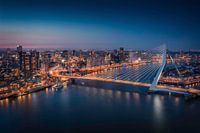 Erasmus Bridge RotterdamAnthony Malefijt
Erasmus Bridge RotterdamAnthony Malefijt Shelf cloud above RotterdamAnthony Malefijt
Shelf cloud above RotterdamAnthony Malefijt The Euromast in RotterdamAnthony Malefijt
The Euromast in RotterdamAnthony Malefijt Rush hourAnthony Malefijt
Rush hourAnthony Malefijt Heather feverAnthony Malefijt
Heather feverAnthony Malefijt AMSTERDAMAnthony Malefijt
AMSTERDAMAnthony Malefijt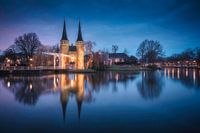 The East Gate blue hourAnthony Malefijt
The East Gate blue hourAnthony Malefijt De Hef - Icon of RotterdamAnthony Malefijt
De Hef - Icon of RotterdamAnthony Malefijt Sunset in RotterdamAnthony Malefijt
Sunset in RotterdamAnthony Malefijt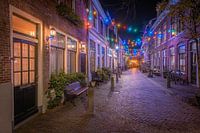 HaarlemAnthony Malefijt
HaarlemAnthony Malefijt
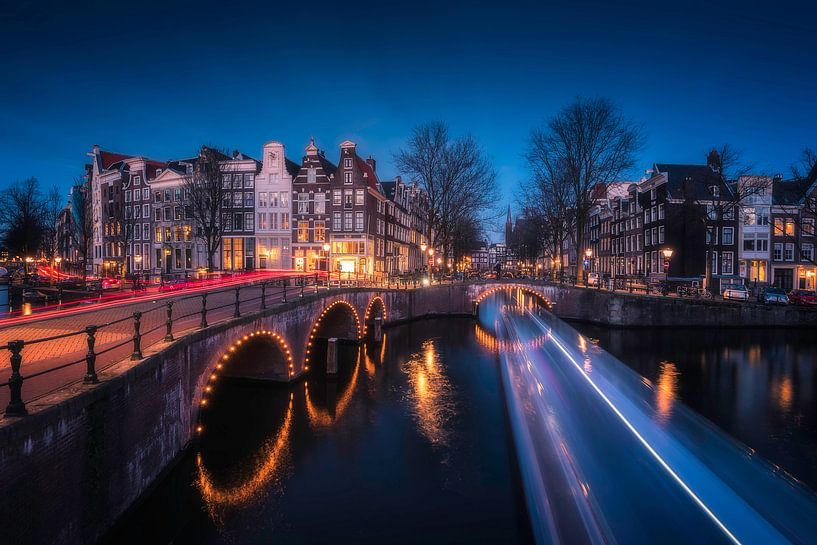




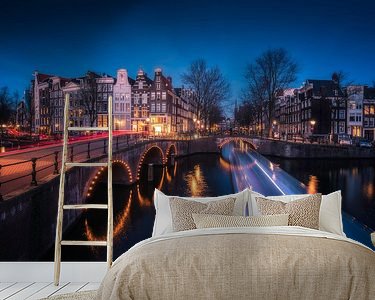







 Amsterdam
Amsterdam Blue hour
Blue hour Boats & Ships
Boats & Ships Keizersgracht
Keizersgracht Nostalgic Memories
Nostalgic Memories Photo wallpaper
Photo wallpaper Photography
Photography Play of Light
Play of Light Romantic Moments
Romantic Moments Serene Peace
Serene Peace Towns
Towns Urban landscapes
Urban landscapes









